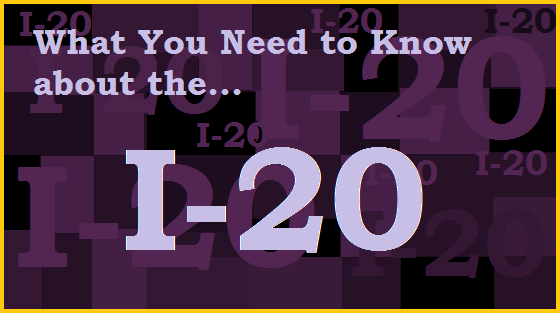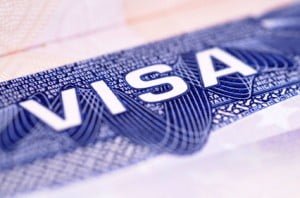 The new visa process announced by the US Consulate in September 2012 is completely new. Everything has changed right from payment of the visa fees to scheduling a date at the consulate. The following steps are involved.
The new visa process announced by the US Consulate in September 2012 is completely new. Everything has changed right from payment of the visa fees to scheduling a date at the consulate. The following steps are involved.
- filling in the DS 160 form
- paying the visa fees
- scheduling appointments for:
- submitting biometric data and documents at the Offsite Facilitation Centre and
- the Visa Interview
1. Online Filling of the DS 160 Form
The first step is to fill the DS 160 form online. Filling the form generates a CONFIRMATION NUMBER. You will require this number to print the ‘Receipt of Payment’ (which, in this case, is printed out before you make any payment!) since it contains the CGI reference number that is required if you are going to pay the visa fees in cash.
2. Payment of Visa Fees
You can now pay the visa fees by:
- Electronic Fund Transfer
- Mobile Phone
- Cash payment at any Axis bank branch (there are over 1800 branches across the country)
If you make a cash payment of the fees (recommended), be sure to take along the ‘Receipt of Payment’ that you printed out earlier. The bank will need to see the ‘CGI Reference Number’ on it when you go to pay the visa fees. If you fail to produce the ‘Receipt of Payment’ the bank will not accept your visa fees.
3. Scheduling the Appointments
You can schedule appointments only after the receipt is ‘activated.’ Usually, this takes an hour. Once the receipt has been activated, you will have to schedule two appointments:
- Offsite Facilitation Center (OFC) – this appointment is for you to submit fingerprints of all ten fingers, photographs (digital and physical) and required documents. This appointment has to be scheduled at least one day prior to the visa interview date.
- Visa Interview – this is the actual visa interview appointment.
Note:
- You cannot appear for both appointments on the same date; and appointments for consecutive dates may not always be available. There have been instances where there is one whole week between the OFC appointment and the appointment for the interview. If that happens to you, you will have to make two trips to the consulate.
- After the visa has been granted the passport is couriered to the home address (this facility is available for select cities only) or can be collected from the VFS center nearest to the home city.
What are the pros and cons of this new process?
PROS:
- More ways of paying the visa fees
- Over 1800 Axis bank branches across the country for payment of visa fees in cash
- no additional documents other than the ‘Receipt of Payment’ to be carried to the bank
- Elimination of spelling mistakes in the applicant’s name due to manual input at the bank.
- No need to go to the VFS center prior to the visa interview.
- Time required for activation of visa fee receipt reduced from 2 working days to an hour enabling quicker scheduling of the visa interview.
CONS:
- DS 160 (which is a very long form) has to be completely filled before you can print the ‘Payment of Receipt’ and without the ‘Payment of Receipt’ the visa fees will not be accepted by the bank.
- Two appointments (OFC and visa interview) have to be scheduled on two separate dates, which may not be consecutive. Hence you may have to travel twice to the city where the consulate is located.
- You may have to collect your passport from the VFS centre.
If you have any queries related to:
- filling the DS-160 form
- payment of visa fees or
- scheduling/changing visa appointments
these can be made at:
- Email: support-india@ustraveldocs.com
- Telephone: 91-120-6602222 or +91-22-67209400
- Skype: user name: ustraveldocs-india
- Online Chat: www.ustraveldocs.com
TIMINGS:
- Monday-Friday: 8:00 am to 8:00 pm
- Sunday: 9:00 am to 6:00 pm
Related Links
Other Application Documents:
Also ‘Must-See’
 The I-20: What It Is and What It Contains
The I-20: What It Is and What It Contains




